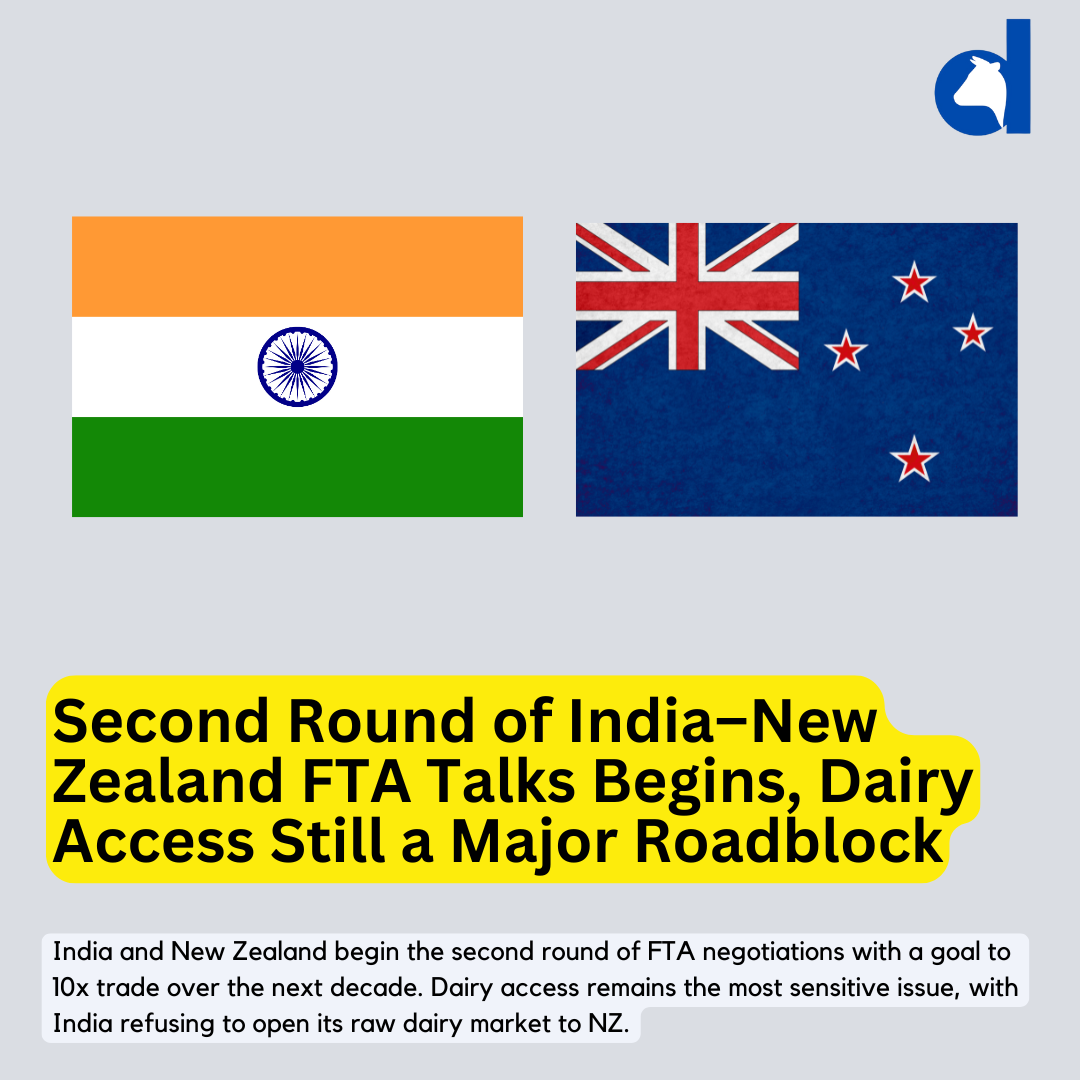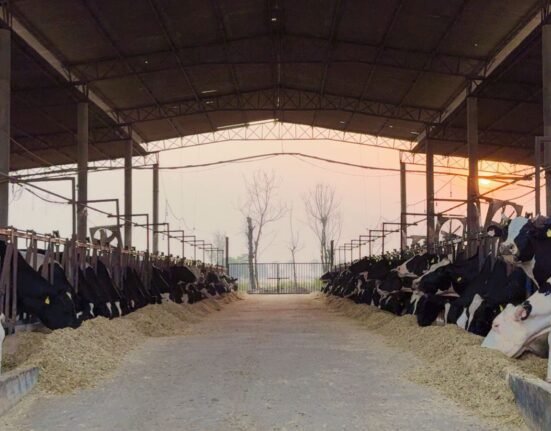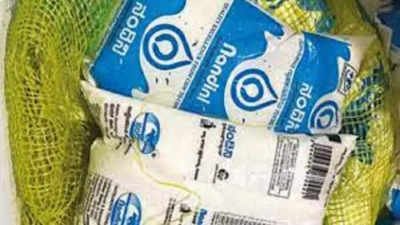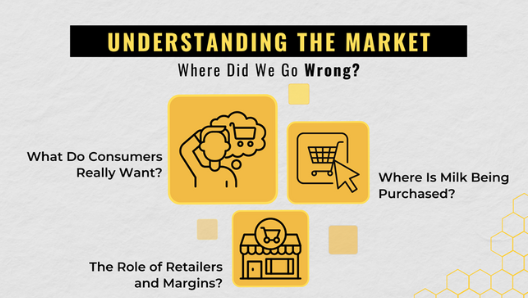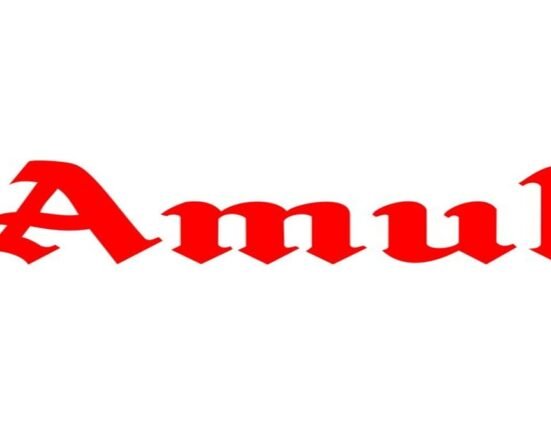New Delhi | July 15, 2025 – India and New Zealand resumed the second round of negotiations for a Free Trade Agreement (FTA) on Monday, with discussions scheduled to run until July 25. This round follows initial talks in May and comes after both countries agreed to re-launch the deal during New Zealand Prime Minister Christopher Luxon’s visit to Delhi in March.
The two nations aim to grow bilateral trade tenfold over the next decade. In FY 2024–25, trade between the two stood at $1.29 billion, with India exporting $711.08 million worth of goods and importing $587.15 million.
However, despite mutual interest, the deal faces a significant hurdle—New Zealand’s push for access to India’s dairy market, one of the most sensitive sectors in India’s FTA history.
🥛 Why India’s Dairy Sector is Non-Negotiable
India has consistently excluded dairy from all its major trade agreements, including the recently concluded India–UK FTA. The Indian government maintains that opening its dairy sector—dominated by smallholder farmers and rural cooperatives—would jeopardize livelihoods, especially against heavily subsidised dairy imports from countries like New Zealand.
🗣️ India’s dairy imports from New Zealand are currently minimal—only about $0.57 million—and mostly limited to value-added dairy products. Raw dairy imports remain strictly off the table.
In the previous round of FTA talks (2010–2015), New Zealand’s dairy demands were a major reason the negotiations were shelved after 10 inconclusive rounds. This round seems to follow a similar path unless a middle ground is reached.
India is open to limited imports of high-value dairy products under tariff quotas, but it firmly resists any broader concessions that may disrupt domestic milk procurement prices or affect rural dairy cooperatives.
🔄 Trade Demands on Both Sides
While dairy and meat access top New Zealand’s wishlist, India is pushing for easier mobility for skilled professionals, especially in IT and services, where Indian firms like Infosys and HCL already support New Zealand’s digital infrastructure.
India also seeks:
- Improved market access for clothing, pharmaceuticals, and agricultural equipment
- Lower tariffs on basmati rice, shrimp, and processed food items
- Better conditions for healthcare services, digital payments, and telemedicine
New Zealand, on the other hand, is pushing for:
- Lower duties on dairy, lamb, wine, and kiwifruit
- Increased educational and tourism services
- Streamlined investment frameworks
📦 Current Trade Snapshot (FY 2024–25):
- India’s exports to NZ: Textiles, machinery, pharmaceuticals, auto parts, seafood, diamonds, rice
- Imports from NZ: Dairy derivatives, lamb, wool, timber, fruits, and minerals
- Services exports (India → NZ): IT, healthcare, fintech
- Services imports (NZ → India): Education, tourism
⚖️ FTA Outlook: A Deal Without Dairy?
As India remains firm on protecting its dairy economy, the final shape of the FTA may exclude raw dairy just like earlier deals. However, limited trade in cheese, lactose, or milk derivatives under strict quality and quantity controls may still be on the table.
Whether the FTA can move forward without compromising India’s dairy interests will be the key question over the next few weeks.

